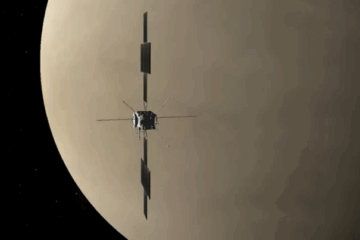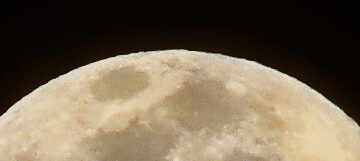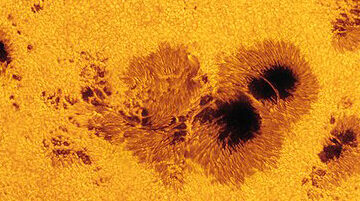Long-sighted voyager
The James Webb Space Telescope discovers a new moon of Uranus
On the evening of 13 March 1781, German-British professional musician and amateur astronomer, William Herschel (1738 – 1822), took his homemade 15cm reflecting telescope (seen here) outdoors and set it up at the end of his garden in Bath, England. Observing what Herschel first thought to be a comet, it turned out he had discovered the solar system’s seventh planet, doubling the diameter of the Sun’s family overnight.
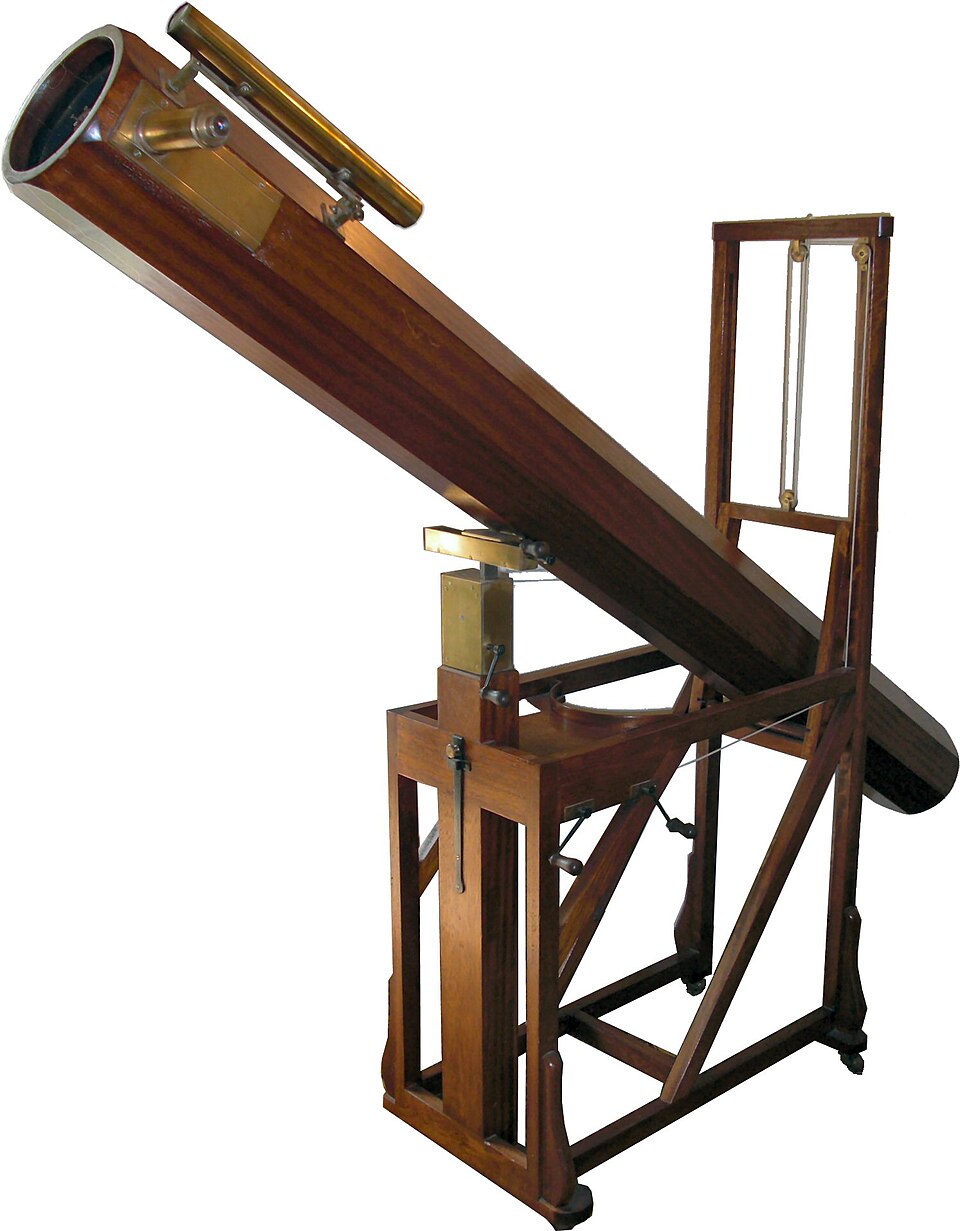
Eventually named Uranus after the ancient Greek god of the sky, Herschel went on to discover its first two moons observed orbiting the new planet, Titania and Oberon, in 1787. Although he didn’t establish the practice, it has been customary to name the seventh planet’s satellites after fanciful characters from the collected works of William Shakespeare (1564 – 1616), and also a poem from Alexander Pope (1688 – 1744).
Over the years more and more Uranian satellites, for a total of 15, were discovered by astronomers both telescopically and photographically from Earth. Not only that, but a system of thin rings around the planet, nothing wide like those of Saturn, were discovered via a NASA airborne observatory in 1977.
During its flyby in January 1986, the Voyager 2 unmanned probe found ten more moons, and an 26th was identified in 1999 while examining the spacecraft’s archived photos. There were even two discovered by the Hubble Space Telescope (HST) from Earth orbit in 2003.
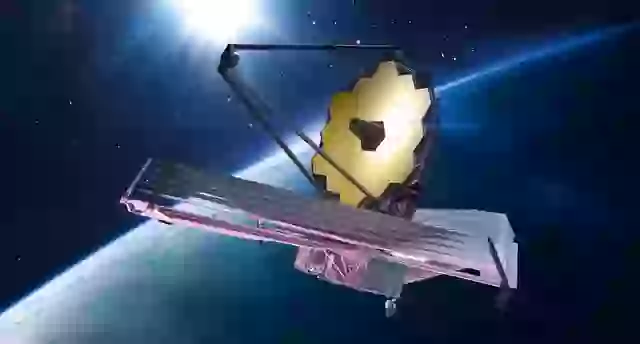
Now the James Webb Space Telescope (JWST) has gotten into the act and has discovered a new small moon (29!), currently designated S/2025 U 1, orbiting Uranus. Considering the diameter of this new object, somewhere between 8 to 10 kilometers, and the distance of JWST from Uranus this is quite impressive. Since it is so small, and its surface reflects light mostly in the near-infrared, it was not possible to see it with either Voyager 2’s or HST’s cameras. But, because JWST works predominantly in the infrared part of the electromagnetic spectrum, it could detect it with the help of its much larger mirror.
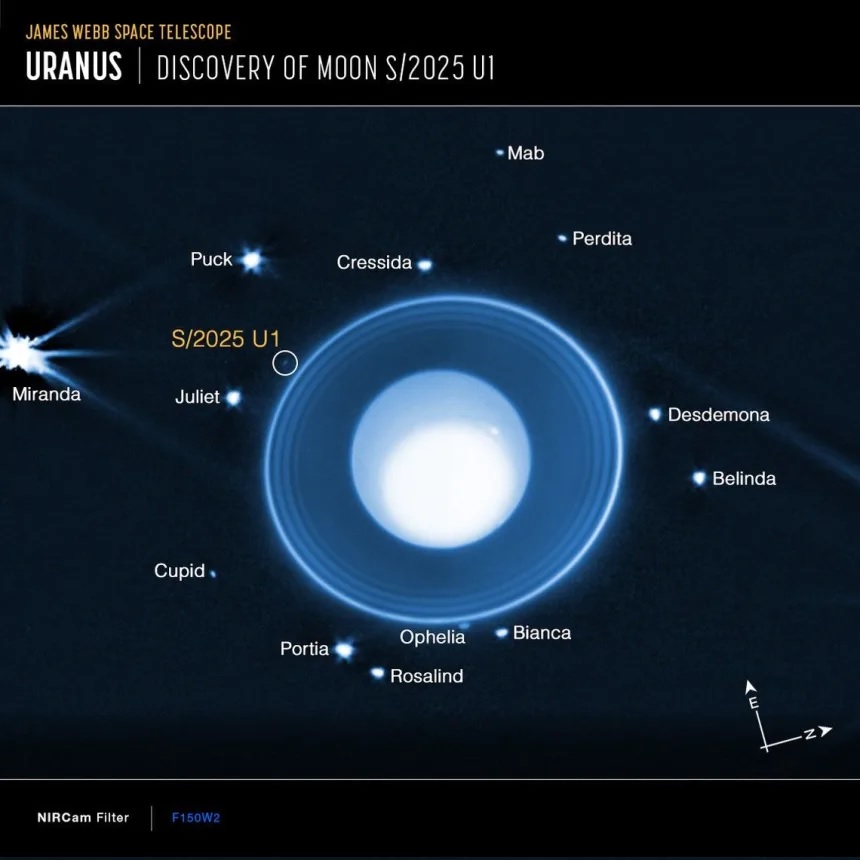
Having an orbit 112,500 km in diameter, it takes 9.6 hours (0.402 days) to make one trip around the planet. As do the other inner moons of Uranus, it follows a nearly circular orbit aligned with the planet’s equatorial plane, so its orbit is not tilted at an angle. As a result, this could mean little S/2025 U 1 helps play a role in helping keep Uranus’ system of rings in place.
No doubt we’ll learn more about this newly discovered satellite in the future now that astronomers know it’s there and where to look for it.
For more general information, follow this link.
By: Tom Callen

